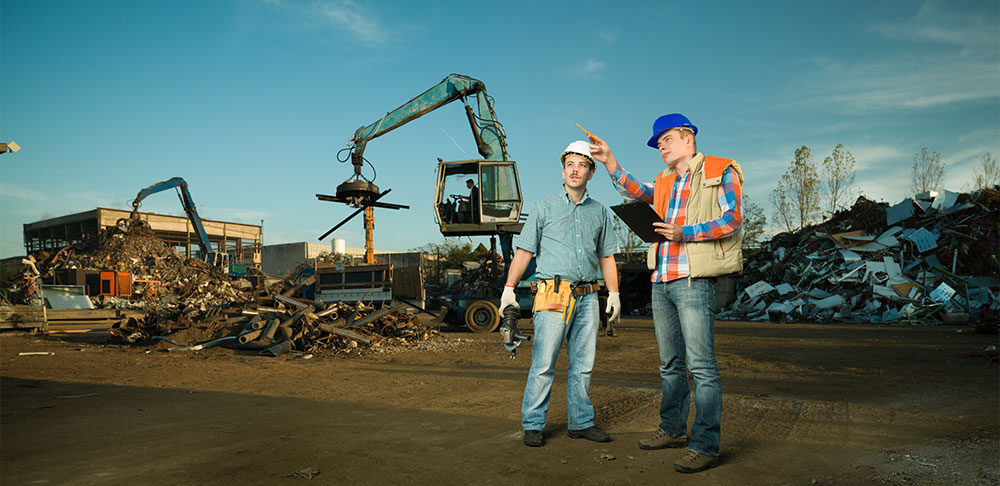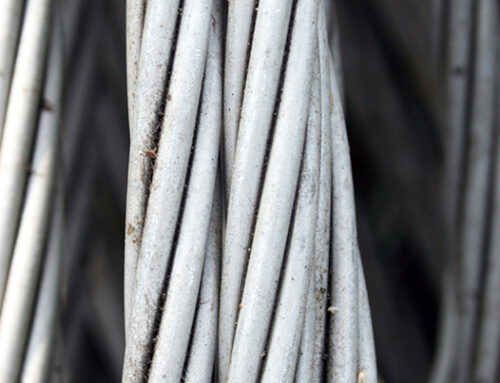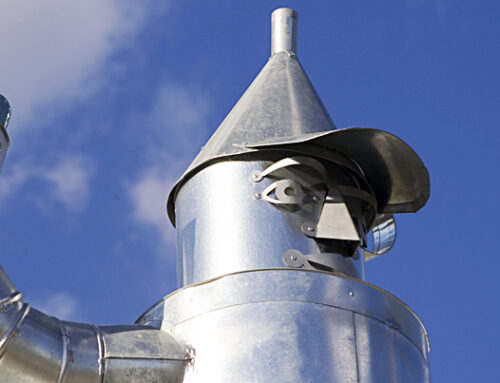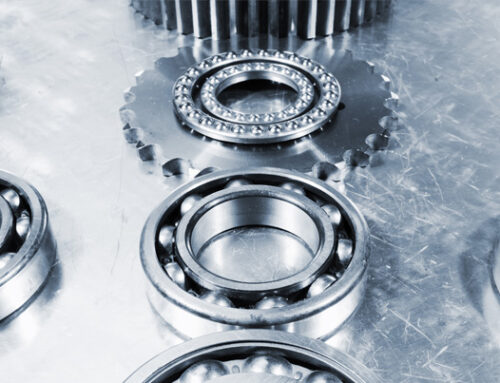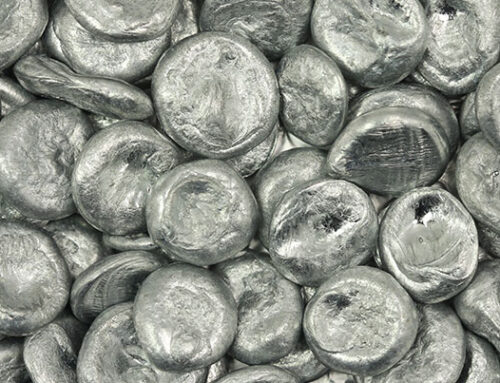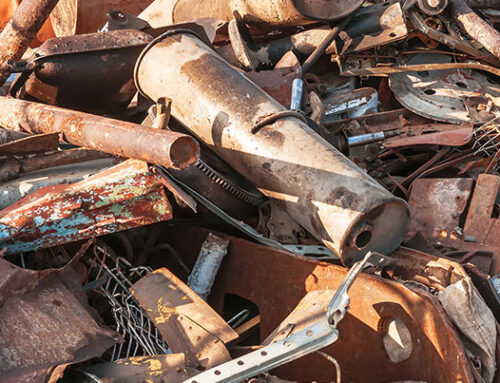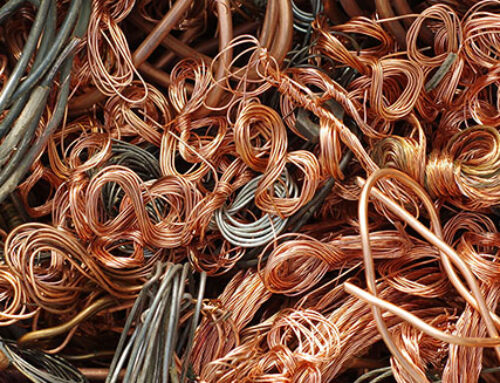Recycling scrap metal can be lucrative and even fun, but it is important to know of the possible dangers and risks associated with scrap metal recycling as well. Knowledge of the risks allows you to better prepare yourself to gather, clean, and transport metal in the safest way possible—for you and those around you. With these safety tips (and perhaps a quick look back at our post about radioactive scrap metals) you are ready to hit the road.
Recycling scrap metal safety involves using the proper materials and equipment and knowing the right techniques to handle metal as safely as possible. Once you have the right equipment and the right technique, you’re ready to safely recycle scrap metal with Encore.
Safety Tips for Scrap Metal Handling Materials and Equipment
In order to recycle scrap metal safely, you’ll need a few important pieces of safety equipment. One of the most important pieces of safety equipment is a good pair of protective gloves. To maximize your safety, it’s best to use gloves of a heavy material (such as leather) that protect your forearms as well as your hands.
Protective gloves are especially important when dealing with sheet metal, especially very thin sheet metal, as this can cut you very easily—however, proper safety equipment is even important when dealing with something as simple as aluminum cans. Any metal can hurt you if handled improperly.
In addition to protecting you from cuts, wearing protective gloves will keep you from getting potentially harmful materials from dirty scrap on your skin. To fully protect from these materials, adequate clothing and eye protection are also needed.
If you’re going to recycle large amounts of scrap metal, you’ll also certainly need a dolly to help with the weight. Lower back injuries are common among scrap metal recyclers, and can easily be prevented with the right equipment and proper lifting techniques.
Techniques for Safely Handling Scrap Metal
The most important safety technique for properly handling scrap metal is a good lifting technique. This one appears on every list of safety tips that ever existed, but it remains true: even for a relatively light load, always lift with your legs instead of your back. This will prevent potentially debilitating, permanent lower back injuries.
To further protect your back, always use a dolly or have a partner help you when necessary. Never lift more than half of your body weight, even if you feel you can lift more without injury. Also, be sure to distribute loads as evenly as possible—a few extra minutes of preparation before lifting a pile of heavy material can save you a lifetime of pain.
Understanding proper technique is also important to transporting scrap metal. Be sure that you fully understand how to use any equipment needed to transport metal, whether it’s a pickup truck or something more specialized, such as a forklift. Be sure to understand the weight limits for all equipment, and do not exceed them under any circumstances.
Also, when you’re transporting scrap metal on the road, be sure to clearly mark any oversized loads so that you do not endanger other drivers. Be certain that all of your scrap metal is tied down and covered properly, with tarps, ratchet straps, and cargo nets. This is important not only to your safety, but to the safety of others on the road.

